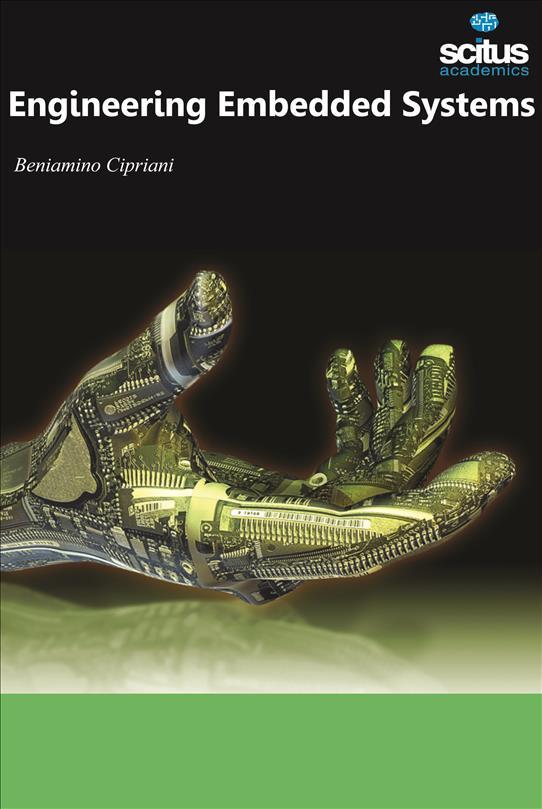Today’s embedded systems development ranges from microprocessor-based control systems, to system-on-chip (SoC) design, and device software development. An embedded system is a computer system with a dedicated function within a larger mechanical or electrical system, often with real-time computing constraints. It is embedded as part of a complete device often including hardware and mechanical parts.
Embedded systems usually are delivered as a combination of software and hardware. Unlike general purpose systems, where the hardware developer does not know which software the system will execute, we are here responsible for both—hardware and software, when developing an embedded system.
The embedded domain offers tremendous job opportunities worldwide. Design of embedded system is an art, and it demands talented people to take up the design challenges keeping the time frames in mind. The biggest challenge faced by the embedded industry today is the lack of skilled manpower in the domain. Though most of our fresh electronics and computer science engineering graduates are highly talented, they lack proper training and knowledge in the embedded domain. Lack of suitable books on the subject is one of the major reasons for this crisis.
This book is concerned with the development of reliable, real-time embedded systems. The particular focus is on the engineering of systems based on time-triggered architectures. The book has been organised in such a way to provide the fundamentals of embedded systems; the steps involved in the design and development of embedded hardware and firmware, and their integration; and the life cycle management of embedded system development.













